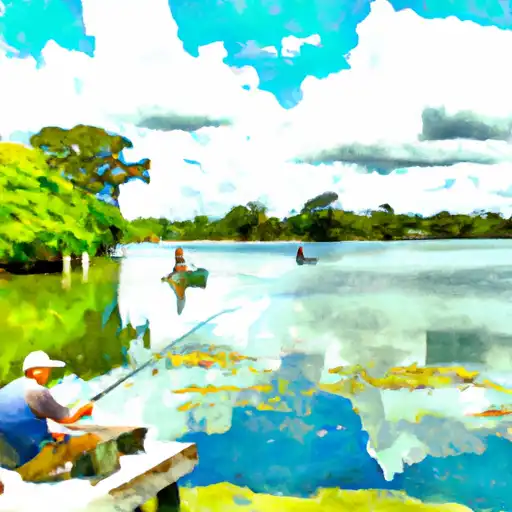°F
°F
mph
Windspeed
%
Humidity











Crystal-Lake is a small town located in northern Iowa. The climate in Crystal-Lake is characterized by cold winters with average temperatures ranging from 10°F to 30°F and warm summers with average temperatures ranging from 60°F to 80°F. The hydrology constituents of the town are mainly composed of small lakes, streams, and wetlands that are integral to the local ecosystem. Outdoor recreation opportunities in Crystal-Lake include fishing, boating, and camping at nearby parks and natural areas. The town also offers hiking and biking trails for those who prefer to explore the outdoors on foot or by bike. Overall, Crystal-Lake is a great place for outdoor enthusiasts who enjoy spending time in nature.
Weather Forecast
Crystal-Lake receives approximately 829mm of rain per year, with humidity levels near 83% and air temperatures averaging around 8°C. Crystal-Lake has a plant hardyness factor of 5, meaning plants and agriculture in this region thrive during a short period during spring and early summer. Most plants will die off during the colder winter months.
Regional Streamflow Levels
8
Cubic Feet Per Second
100
Cubic Feet Per Second
63
Cubic Feet Per Second
63
Cubic Feet Per Second
Nearby Camping
| Camping Area | Reservations | Toilets | Showers |
|---|---|---|---|
| Mille Lacs Kathio State Park | |||
| Bray County Park | |||
| Riverside City Park - Princeton | |||
| Riverside Park - St Peter | |||
| Cuyuna Country State Park - Portsmouth Campground | |||
| Ann Lake - Sand Dunes State Forest |



